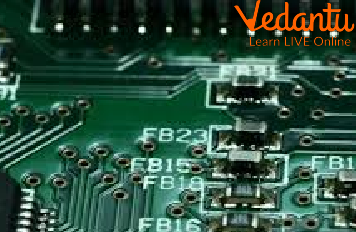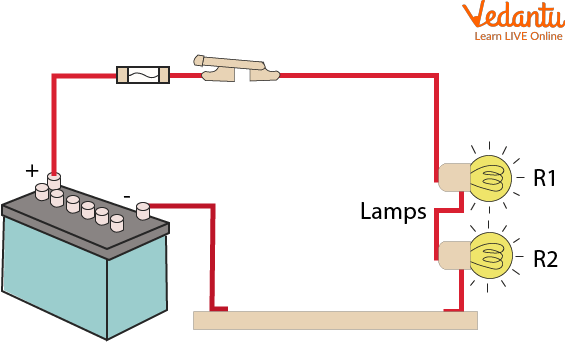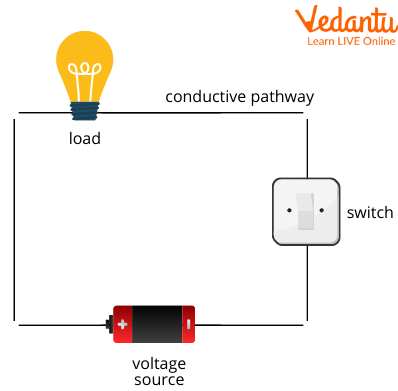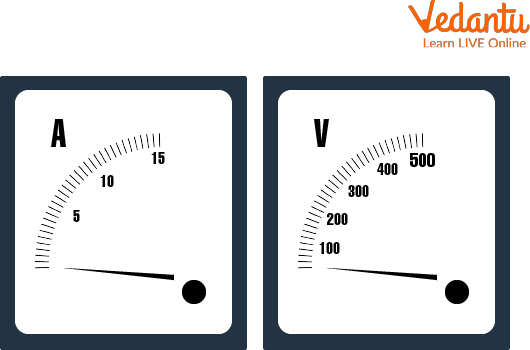




Introduction of an Electronic Circuit
If you are of the opinion that anything related to electronics is all technical and some sort of a code language you could never crack, you’re not completely right about it. Understanding the basics of electronic circuits like where are the various components used, how are the power sources used, different connection patterns, etc., makes the whole concept of electronics so simple.
It is important to get the foundation of electric circuits right so one can appreciate the endless possibilities it offers. In simpler words, an electronic circuit is a bigger game of connecting the dots. Let’s look at this through a bigger window.

Electronic Circuits
What is an Electronic Circuit?
An electronic circuit can be defined as a complete path through which electricity flows. It contains various components like a power source, conductors (material that allows electricity to pass through them), resistors (these are opposite of conductors), wires, and junctions. These electronic circuits having ranging complexities are used in our households and industrial setups.

A Basic Circuit
Components of an Electronic Circuit
A basic electronic circuit consists of the following components:
A power source (cell or a group of cells called a battery)
A switch
A load (LED or resistors which consume the electricity)
Connecting wire

Components of an Electronic Circuit
Representation of an Electronic Circuit - Circuit Diagram
The circuit diagram is a schematic representation containing various components of an electronic circuit using conventional symbols for these components. A battery has a symbol, a resistor has a symbol, and so on.

Representation of an Electronic Circuit- Circuit Diagram
Basic Components in an Electronic Circuit
Power Source:
A power source is usually a cell or a battery (a group of cells) mostly producing Direct Current (often abbreviated as DC). Alternating current (AC) is also used in electronic circuits but mostly in complex circuits.
Switch or Plug-Key:
A switch or a plug key plays an important role in ‘completing a circuit’. It is a vital component of an electronic circuit as it closes the circuit helping the flow of electricity through it.
Load:
This component consumes the power produced by the cell or battery. More often it is a LED light, a resistor, sensors, etc. They indicate the presence of current in the electronic circuit.
Connecting Wires:
These are simple wires which connect various components of the electronic circuit together.
Active and Passive Components of an Electronic Circuit
What is an Active Component?
An active component of an electronic circuit produces the electrical energy that is required for the effective functioning of the circuit. They primarily supply energy to the circuit.
A few examples of active components include:
Voltage source
Power source
Diodes (a type of energy-producing component)
Transistors (the component which multiplies produced power)
What is a Passive Component?
A passive component of an electronic circuit consumes the electrical energy that is produced by the active components for the effective functioning of the circuit. They primarily use up the energy of the circuit. Some examples of passive components include:
Resistors (components that resist the flow of electric current through them)
Capacitors (components that transiently store electric current)
Transformers (components that convert one form of current to another, AC to DC, or vice versa), etc.
Interesting Facts Related to Electronic Circuits
Electronic circuits are all based on certain basic principles and rules. Though they are of varying complexities, their basic components and functioning are pretty similar.
The current in an electronic circuit flows from the negative terminal of the cell to the positive terminal of the cell. The flow of electrons (charged species that help in the flow of electric current) is in the opposite direction of the flow of current
A switch regulates the ON and OFF of a circuit. When the switch is OFF, a gap is present in the circuit and it is considered open. Electric current cannot flow through such a circuit. The opposite process takes place if the switch is ON thus letting the flow of electric current.
The ammeter measures the current flowing through the circuit and a Voltmeter measures the voltage flowing through the circuit.

Ammeter and Voltmeter
Summary
So quickly summarising what we’ve learned up until now,
An electronic circuit is a complete and closed pathway through which electric current flows. Active and Passive components together produce an effective electric circuit. Active components produce energy that is consumed by the passive components. Active and passive components are connected by connecting wires with a switch. The switch opens or closes the circuit as per our needs. Household and industrial applications of circuits are widely varied from simple electronic circuits to complex ones
FAQs on What is an Electronic Circuit?
1. How are basic electronic circuits used in households and industries?
Every electronic circuit contains similar basic components of the electronic circuit.
These components are arranged in different setups based on our needs. Parallel resistance and Serial resistance (resistors arranged in parallel setup and series setup) various voltage sources, different power sources, etc., are used to produce different electronic circuits required for household and industrial usage
2. What is the difference between AC and DC power sources?
AC power source or alternating current is when the current alternates back and forth in alternating electric and magnetic fields. This source is what we use at home. Our plug points at home supply AC current. DC power source or direct current is when the current travels in one direction only. This type of current is observed in batteries.









